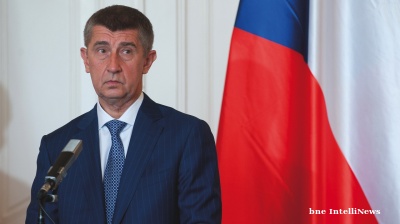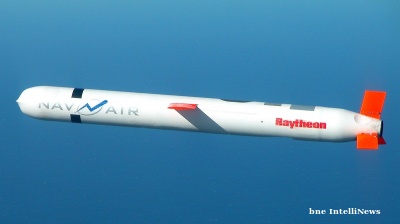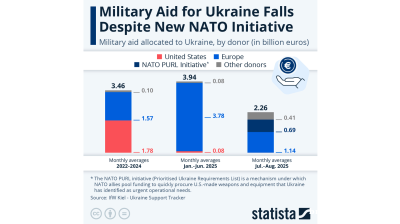Russia is once again navigating a familiar crisis: surging gasoline prices, empty fuel pumps, and mounting pressure on its domestic supply system. This is not the first time Russia has faced a fuel crisis. They have been relatively common in the past, but unlike previous shortages, this year’s disruption may have more serious and lasting consequences. The difference, argues Sergey Vakulenko in a note for the Carnegie Endowment for International Peace, is the war.
“The drone attacks that began on August 2, 2025, have been different,” Vakulenko writes. “Ukraine clearly has more drones now and can send out attack swarms numerous enough to overwhelm Russia’s air defences.”
The Kremlin admitted that the attacks are starting to hurt this week. Ukrainian drone strikes have taken out 13-17% of Russia's oil refining capacity, resulting in a daily loss of about 1.1mn barrels that can be processed into gasoline and diesel, according to the Wall Street Journal.
This has compelled Russia to increase oil exports, while the US continues to exert pressure on China and India to reduce their Russian oil imports. The situation is further worsened by Western sanctions, which have been in place since 2022, hindering infrastructure repairs and maintenance. Over the past month, Ukraine has targeted more than ten Russian oil refineries. The fire at the Novoshakhtinsky refinery was finally extinguished six days after the attack on August 21 and major damage was done by another strike on the Ust Luga oil export terminal in the Baltic Sea last week. Eight refineries were hit in just August, some of them multiple times and the crucial Druzhba oil pipeline that transports oil from Siberia to Budapest was hit three times in two weeks, and is now out of action for at least a week.
At the same time, the conflict is increasingly fought with missiles. Russia is producing some 1,200 highly sophisticated missiles a year and has quadrupled its drone and missile salvos against Ukrainian targets this year, but Ukraine has in the last month rolled out its first Flamingo cruise missile and updated its Neptune missile, both of which are much more powerful and both of which can now hit targets deep inside Russian territory, without seeking permission from Ukraine’s western allies – the constriction previously placed on Nato-supplied missiles.
These upgraded strikes are doing far more damage than in the earlier stages when drone war first broke out, Vakulenko notes. They are a game changer. Kyiv has changed tactics and while the fighting was almost exclusively contained to Ukrainian soil for most of the last three years, now the Armed Forces of Ukraine (AFU) is taking the fight into Russia, aiming to cause “maximum damage—up to and including shutdowns” at Russian refineries.
By mid-August, Ukraine had succeeded in damaging key facilities including the Ukhta, Ryazan, Saratov, and Volgograd refineries, along with the Samara group of plants. While some of these supply lower-demand or export-oriented regions, refineries in the arc from Ryazan to Volgograd serve a populous area that includes agricultural zones and vacation destinations. On August 26, Russian media reported that fuel supplies to the island of Sakhalin have completely run out and almost every Russian region is running short of petrol.
This escalation coincides with the seasonal strain of Russia’s peak driving season. “This year [the attacks] began in August: a time when the oil market’s systemic problems traditionally come to the fore,” Vakulenko notes. Harvests drive agricultural demand, while summer holidays increase car use. Compounding the issue, regular maintenance has taken some refinery capacity offline, while the sky high interest rates have made it unprofitable to stockpile fuel in advance.
Russia’s long-standing efforts to control retail fuel prices—via formal mechanisms like dampener payments and informal bans on sharp price increases—are now blunting the market’s natural capacity to adapt. “This policy reduces the effectiveness of market signals and discourages producers from increasing supplies or stockpiling,” Vakulenko writes.
Wholesale gasoline prices surged in spring and hit new records in June. Since early August, prices have continued to climb, exceeding the all-time highs of the last fuel shortage in 2023.
Retail prices, constrained by regulation, have risen more slowly but steadily. “In the week beginning August 18, the wholesale price… approached the retail price,” Vakulenko notes, warning of pressure on company margins.
Yet the situation, while tense, is not yet critical. Most damaged refineries are still operating at reduced capacity, and deficits have been partially offset by rerouting supplies and drawing from state reserves. Vakulenko emphasises that “a lot of Russian vehicles and military equipment run on diesel, not gasoline,” and the country maintains a surplus in diesel.
With annual gasoline production exceeding domestic demand by up to 20%, and diesel output more than double, Russia still has room to manoeuvre, says Vakulenko.
Even if the attacked refineries—representing roughly 20% of refining capacity—shut down completely, the deficit could be filled through imports, particularly from Belarus, although Minsk is currently selling its refined oil products to Asia where the prices are higher. Although Ukrainian strikes targeted the Druzhba pipeline, Vakulenko notes that “repairs were swift,” and expects Druzhba to be fully functional again “within days.”
However, should the crisis deepen, more drastic interventions may be required. Spread over a vast territory, Russian air defences are clearly lagging the escalation. The government could abandon price controls, Vakulenko suggests, or temporarily permit lower-quality motor fuels to be sold. “If the worst comes to the worst, a crisis measure would be gasoline rationing.”
At present, these measures remain hypothetical. But the resilience of Russia’s fuel infrastructure, and the government’s willingness to adapt its policies, may soon be tested. “There is still a long way to go before the transport, agriculture, and industrial sectors—or, most importantly, the army—experience any significant fuel shortages,” Vakulenko concludes.
Opinion
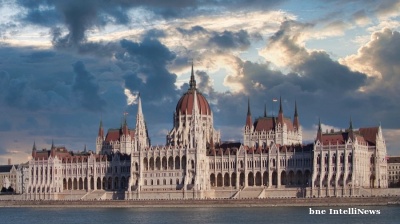
COMMENT: Hungary’s investment slump shows signs of bottoming, but EU tensions still cast a long shadow
Hungary’s economy has fallen behind its Central European peers in recent years, and the root of this underperformance lies in a sharp and protracted collapse in investment. But a possible change of government next year could change things.
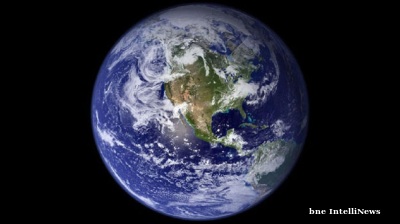
IMF: Global economic outlook shows modest change amid policy shifts and complex forces
Dialing down uncertainty, reducing vulnerabilities, and investing in innovation can help deliver durable economic gains.
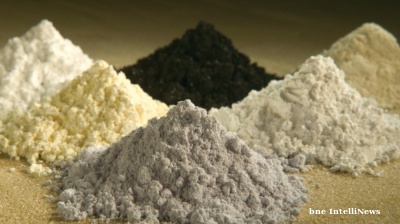
COMMENT: China’s new export controls are narrower than first appears
A closer inspection suggests that the scope of China’s new controls on rare earths is narrower than many had initially feared. But they still give officials plenty of leverage over global supply chains, according to Capital Economics.

BEYOND THE BOSPORUS: Consumed by the Donald Trump Gaza Show? You’d do well to remember the Erdogan Episode
Nature of Turkey-US relations has become transparent under an American president who doesn’t deign to care what people think.
